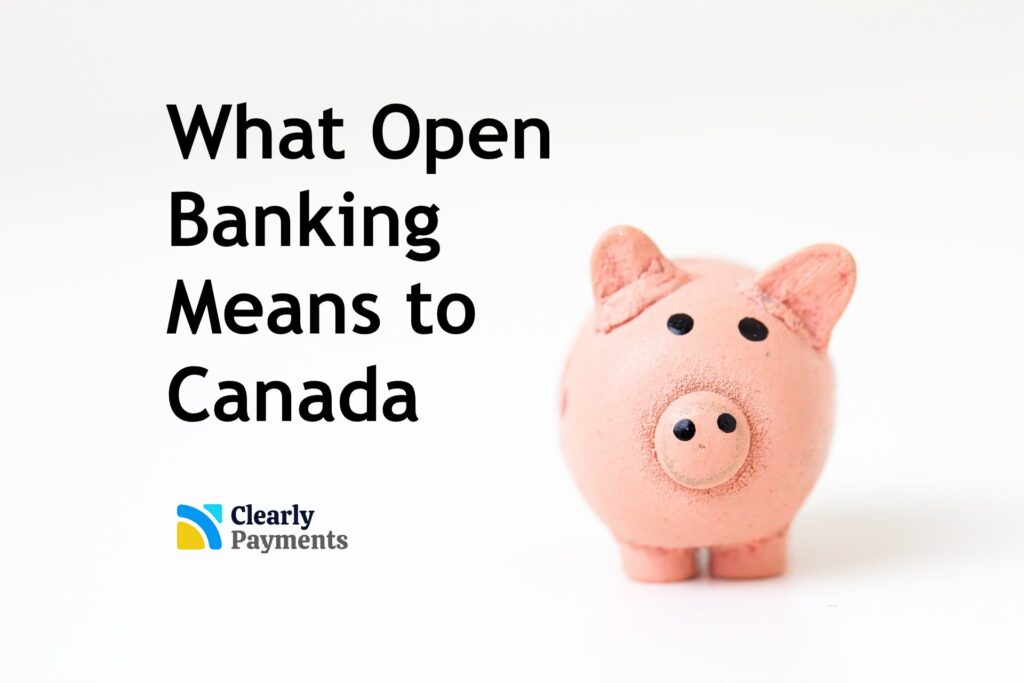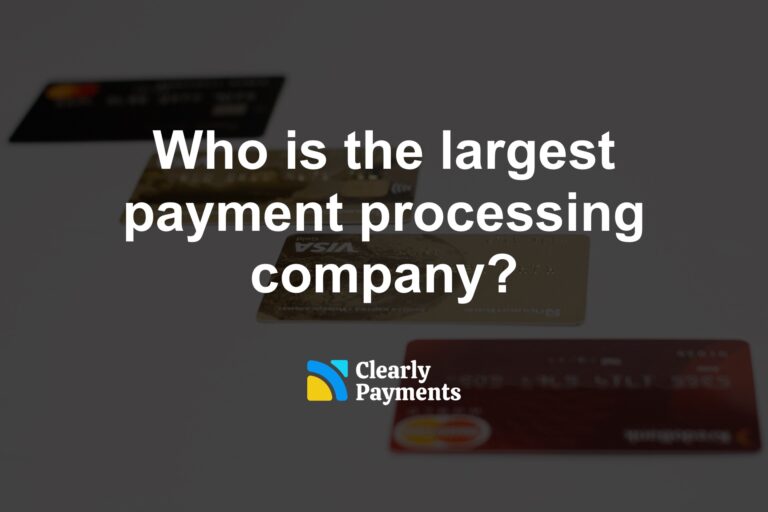What is open banking?
Open Banking is a financial technology (fintech) trend that allows customers to share their financial data with third-party providers, such as fintech companies, in a secure and regulated way. This allows customers to access a wide range of financial products and services, such as loans, savings accounts, and investment options, from a variety of providers. The overall goal of open banking is to bring people better and more valuable financial services and applications.
Open Banking is typically enabled by the use of application programming interfaces (APIs) which allow third-party providers to access customer data held by banks and other financial institutions. This enables customers to give permission for their data to be shared with these third-party providers, who can then use it to provide new financial products and services.
The status of open banking in Canada
In Canada, the implementation of Open Banking is still in its early stages, but it is expected to have a significant impact on the financial services industry. The main regulatory body in Canada, the Office of the Superintendent of Financial Institutions (OSFI), has been working to develop guidelines for Open Banking, and several financial institutions have already begun to explore the possibilities of Open Banking.
The Canadian government is encouraging the development of Open Banking by promoting competition and innovation in the financial services industry. The Canadian Bankers Association (CBA) has also been working to develop a framework for Open Banking in Canada, which aims to create a secure and transparent environment for the sharing of customer data.
In 2019, the CBA released a report on Open Banking, in which it proposed that Open Banking in Canada should be built on a secure and customer-centric framework. The report also suggested that Open Banking should be based on customer consent and that customer data should be protected by robust security standards.
Additionally, the Canadian government is launching a regulatory sandbox program, which allows fintech companies to test new financial products and services in a controlled environment. This program is expected to help fintech companies develop products that can be used under Open Banking regulations.
However, despite the progress that has been made, there is still a long way to go before Open Banking is fully implemented in Canada. The government and financial institutions are still working on developing guidelines and standards for data sharing and security, and it will take some time before we see the full impact of Open Banking in Canada.
The benefits of open banking
One of the main benefits of Open Banking for customers is the ability to access a wider range of financial products and services. With Open Banking, customers will be able to compare and choose from a variety of financial products and services offered by different providers, rather than being limited to those offered by their current bank. This increased competition is expected to drive innovation and lower costs for customers.
Another benefit of Open Banking is the ability to access new financial services and products that may not have been available before. For example, fintech companies will be able to develop new financial products and services using customer data, such as personalized financial advice or budgeting tools.
For businesses, Open Banking presents new opportunities to develop innovative financial products and services and expand their customer base. Fintech companies, in particular, will be able to leverage customer data to develop new products and services and gain a competitive advantage.
Open banking's impact to payments
Open Banking has the potential to greatly impact the payments industry by making it easier and more efficient for businesses to accept payments, and for customers to make payments.
For businesses, Open Banking enables access to a wider range of payment options and providers. For example, businesses can use payment APIs to connect with a variety of payment providers, such as fintech companies, to process transactions, rather than being limited to using the payment services of their own bank. This increased competition is expected to drive innovation and lower costs for businesses. Additionally, businesses can leverage customer data to develop new payment products and services, such as personalized checkout experiences or fraud detection tools.
For customers, Open Banking allows for greater control over their financial data and the ability to access new payment options. They can use their banking data to make payments from different accounts or use new payment methods such as mobile wallets, digital payments or cryptocurrencies. Additionally, customers can use their banking data to access new payment services such as budgeting tools, financial advice or even credit score analysis.
Open Banking also enables new payment possibilities such as real-time payments, instant payments, and cross-border payments. This is particularly relevant for e-commerce businesses that operate in different countries and need to process payments in various currencies.
Risks and concerns of open banking
Open Banking has the potential to greatly benefit customers and businesses by making it easier and more efficient for businesses to accept payments and for customers to make payments, but it also poses certain risks. Some of the main risks associated with Open Banking include:
Security: One of the main concerns with Open Banking is the security of customer data. With more companies accessing and storing financial data, there is a greater risk of data breaches and fraud. To mitigate this risk, regulatory bodies are working to develop guidelines and standards for data sharing and security.
Privacy: Open Banking involves sharing financial data with third-party providers, which may raise concerns about privacy. Customers need to be aware of how their data is being used and who it is being shared with, and have the ability to revoke access to their data at any time.
Reliability: Open Banking relies heavily on technology and the use of APIs, which can be vulnerable to technical failures. This can lead to disruptions in service and can affect the reliability of the payment process, causing inconvenience to customers and businesses.
Complexity: Open Banking introduces a lot of complexity in the financial system, with multiple providers and services that may not be easily understood by customers. This can lead to confusion and mistrust among customers, and can make it difficult for businesses to navigate the new environment.
Misuse: With access to more customer data, third-party providers may be tempted to use this data for other purposes. This can lead to misuse of customer data, such as spamming, or even discrimination based on the data shared.
Compliance: Open banking requires compliance with various regulations, such as data protection laws, anti-money laundering regulations, and cyber-security standards. Compliance failure can result in severe penalties for both banks and third-party providers.
It’s important for customers and businesses to be aware of the risks associated with Open Banking and take steps to mitigate them. This can include ensuring that customer data is protected by robust security measures, and that only trusted third-party providers are used. Additionally, customers should be aware of how their data is being used and who it is being shared with, and have the ability to revoke access to their data at any time.
Conclusion
Open Banking is a financial technology trend that is expected to have a significant impact on the financial services industry in Canada. It allows customers to share their financial data with third-party providers in a secure and regulated way, which will enable customers to access a wide range of financial products and services, lower costs and drive innovation. With the increasing adoption of Open Banking in Canada, businesses, in particular fintech companies, have new opportunities to develop innovative financial products and services and expand their customer base.




